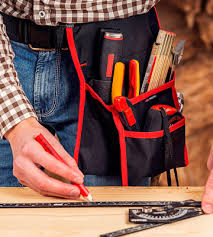Every equipment needs to be calibrated before it could be used for any kind of measurement. The accuracy of the measurement is dependent on the right calibrations. The calibrations could be defined as the process through which the precision of some instrument is adjusted in such a way that it gives the accurate measurements. If the instrument is calibrated, then the people could produce such data which is valid and this data could then be used for number of references in the future.
 What is the purpose of the calibration of equipment?
What is the purpose of the calibration of equipment?
As mentioned earlier, in order to produce the valid data, the calibration is important. If the calibration equipment is not performed then in some cases, the equipment is not safe to use because it would yield the biased values measurements which could disturb many other calculations. Majorly, there are two reasons for which the calibration is performed. One is the precision and the second is the accuracy. The precision means that there is consistency in the measured values which mean no matter how much time the measurements are performed for the same data; the results should be same. The accuracy refers to that how close is the measured value to the actual value.
How to calibrate the equipment?
There are reference standard values for which the results are already known, every instrument or equipment which needs to be calibrated is tested against such standard values and if the results are same as the actual value then this means that the gas filled thermometer is calibrated fine but in other cases it needs to be calibrated. There are two types of situation in this aspect. One is when the instruments produce the biased values which means that the measurements should be in the right reference to the already defined standard values and the second is when the instrument is measures in some other unit apart from the standard unit, this situation is called the surrogates measurement. For the first situation, when the instrument is biased then you could perform the following steps to calibrate it.
Determine the range of the interest by choosing the right standard value
Measure the values with the right standards
Find out the relationship with respect to the functionality to determine the pressure gauges in Australia between the actual true value and the measured values.
Once all it is done, then take the inverse of the calibration curve and use it to correct the values of the measurements and this is how the instrument is calibrated.
Just like this there are simple steps to calibrate the second situation as well and once you have done it then you are good to measure.